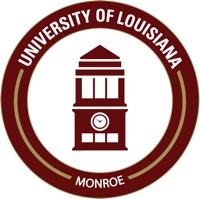Below is a summary of the abstract you submitted. Presenting author(s) is shown in bold.
If any changes need to be made, you can modify the abstract or change the authors.
You can also download a .docx version of this abstract.
If there are any problems, please email Dan at dar78@pitt.edu and he'll take care of them!
This abstract was last modified on March 16, 2021 at 8:18 a.m..

Baddon was isolated via an enrichment protocol using the Gordonia terrae host. The Baddon genome is circularly permuted, is 57,691 base pairs in length, and has a GC content of 68.2%. As expected, a nucleotide BLAST of its full genome indicated its closest matches as other members of the DE1 cluster of Gordonia phages (e.g., Kroos, Ribeye, Tangerine, Bizzy). Of the 87 preliminary open reading frames identified in its genome, 30 code for functional gene products while the remaining 57 code for hypothetical proteins of no known function or represent orphams. The Baddon genome is read primarily from the + strand, with only the six orphams found on the – strand. Based on their lack of coding potential and/or overlap with + strand ORFs, several of these orphams will be removed from the final annotation file of the genome. Using pBLAST and the Phamerator visualization tool, we have also begun a comparative analysis of Baddon with two other DE cluster phages we have recently annotated (Dexdert – Cluster DE3 and Lilbeanie – Cluster DE5). Several functional gene calls (terminase, portal protein, capsid protein, RNA ligase, tail assembly chaperone, tapemeasure protein, lysine A, holin, and RecE-like exonuclease) and many of the hypothetical proteins found in the Baddon genome are members of the same Phams as those present in Dexdert and, to a lesser extent, Lilbeanie. Comparative analyses such as these not only provide insight into the relationship between Gordonia phages but also can point to extended comparisons between other Actinobacter phage group isolates.
